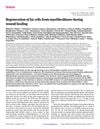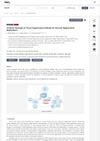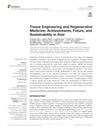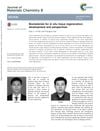Adaptive Gelatin Microspheres Enhanced Stem Cell Delivery and Integration With Diabetic Wounds to Activate Skin Tissue Regeneration
April 2022
in “
Frontiers in bioengineering and biotechnology
”
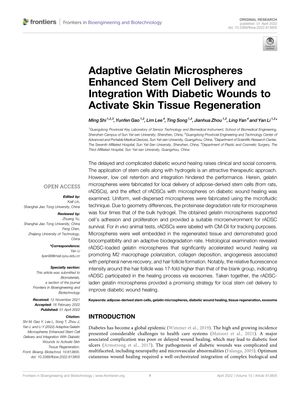
TLDR Gelatin microspheres with stem cells speed up healing in diabetic wounds.
The study investigated the use of gelatin microspheres for the delivery of rat adipose-derived stem cells (rADSCs) to enhance diabetic wound healing. The microspheres, created using a microfluidic technique, showed a proteinase degradation rate four times faster than bulk hydrogel, supported cell adhesion and proliferation, and provided a favorable environment for rADSC survival. In vivo tests on animals demonstrated that the microspheres embedded well in regenerated tissue, were biocompatible, and had an adaptive biodegradation rate. Histological analysis showed that rADSC-loaded microspheres significantly improved wound healing by promoting M2 macrophage polarization, collagen deposition, angiogenesis, peripheral nerve recovery, and hair follicle formation. The relative fluorescence intensity around hair follicles in the treated group was 17 times higher than in the control group, suggesting that rADSCs contributed to the healing process through exosome activity. The study concludes that rADSC-laden gelatin microspheres are a promising approach for localized stem cell delivery to accelerate diabetic wound healing.
